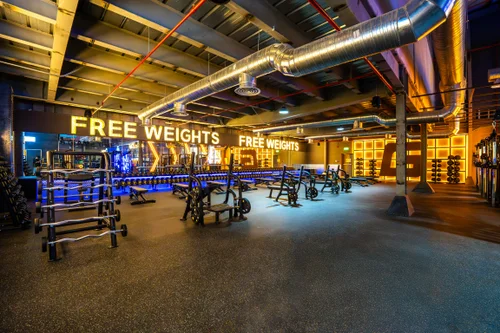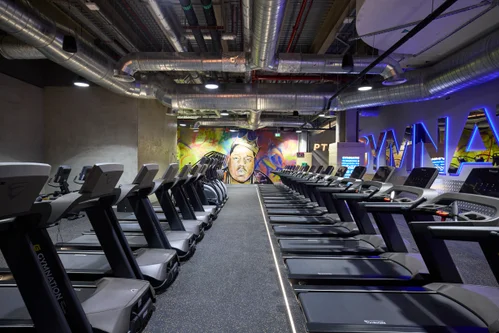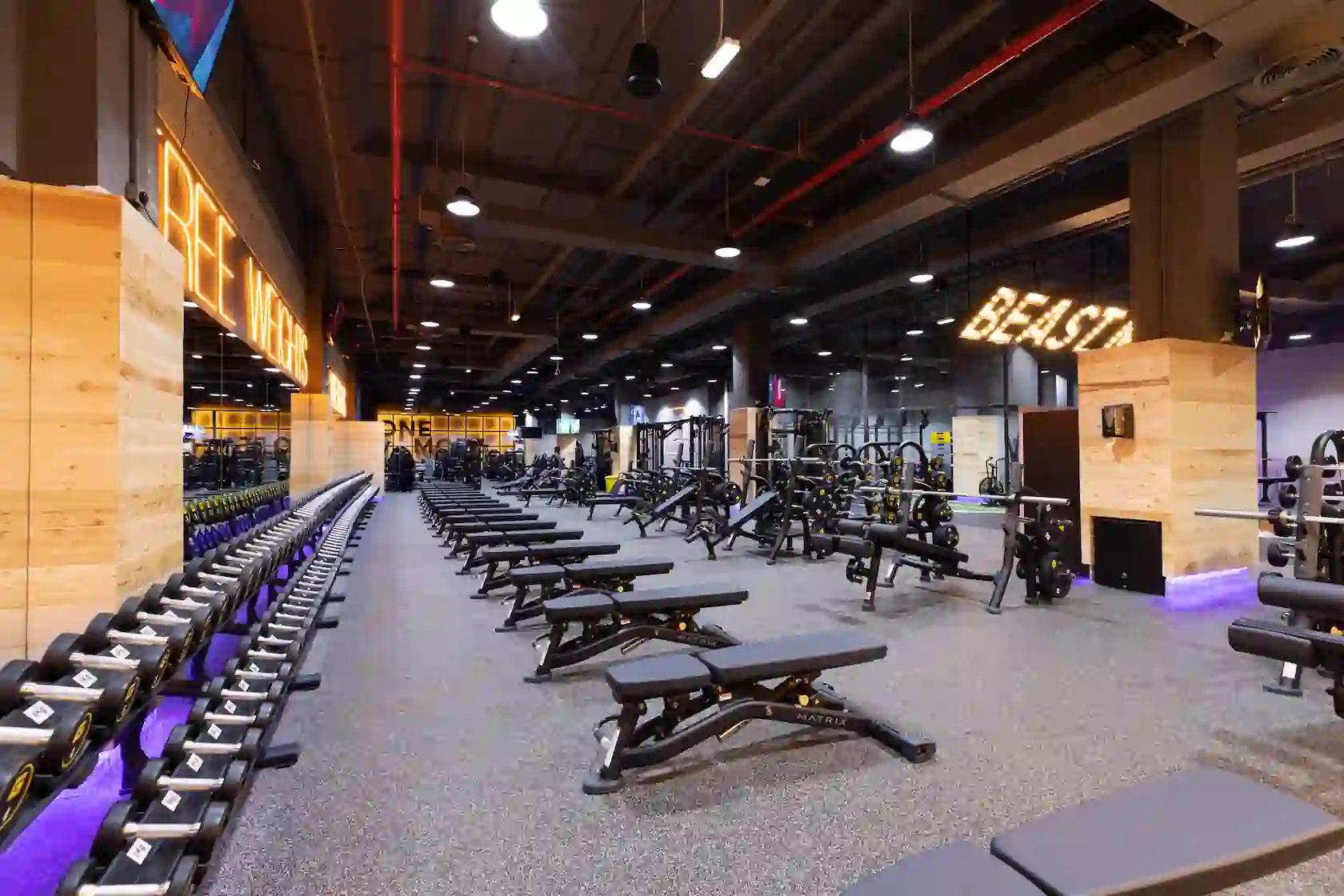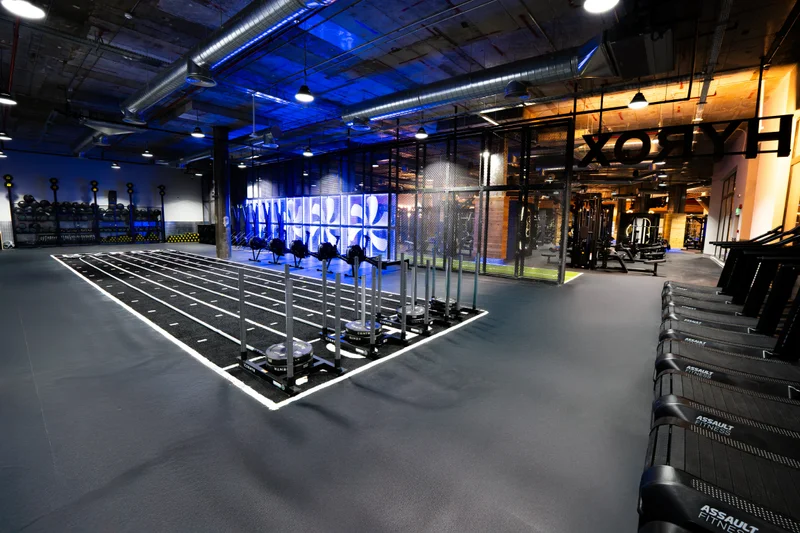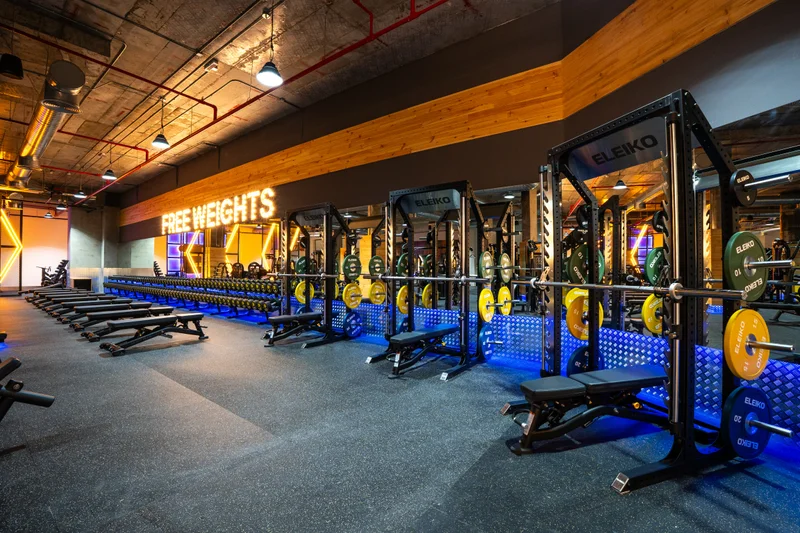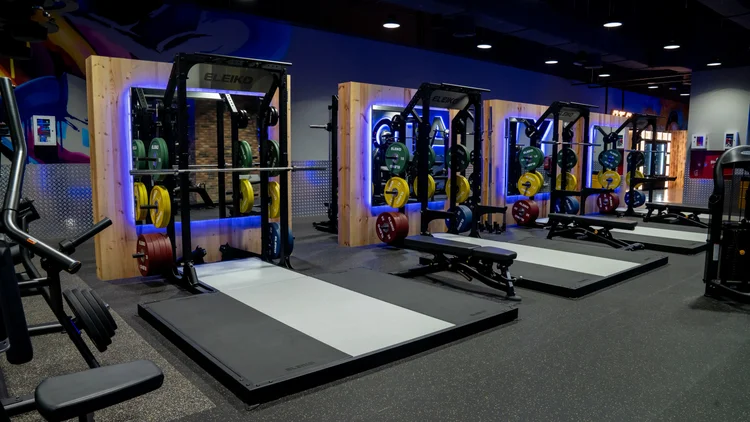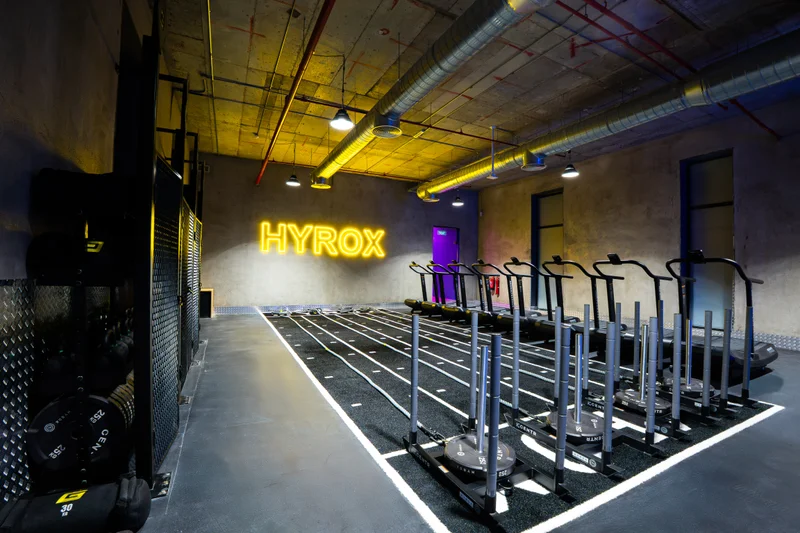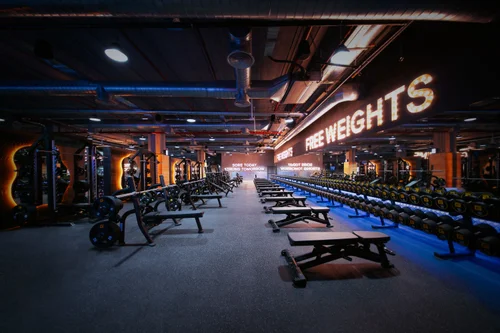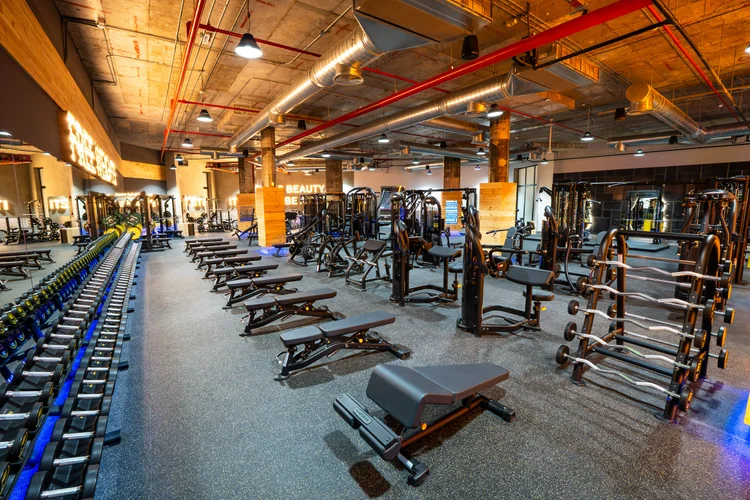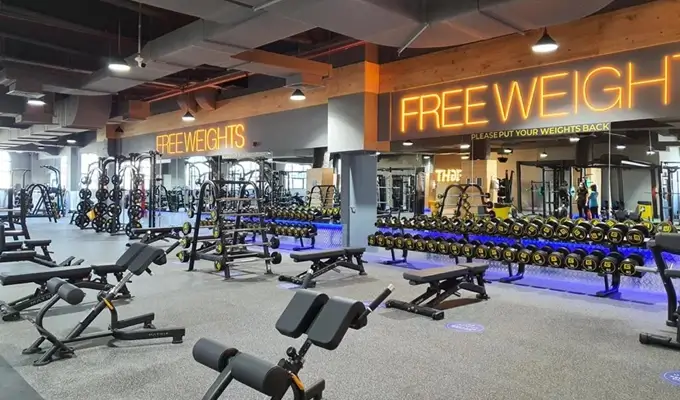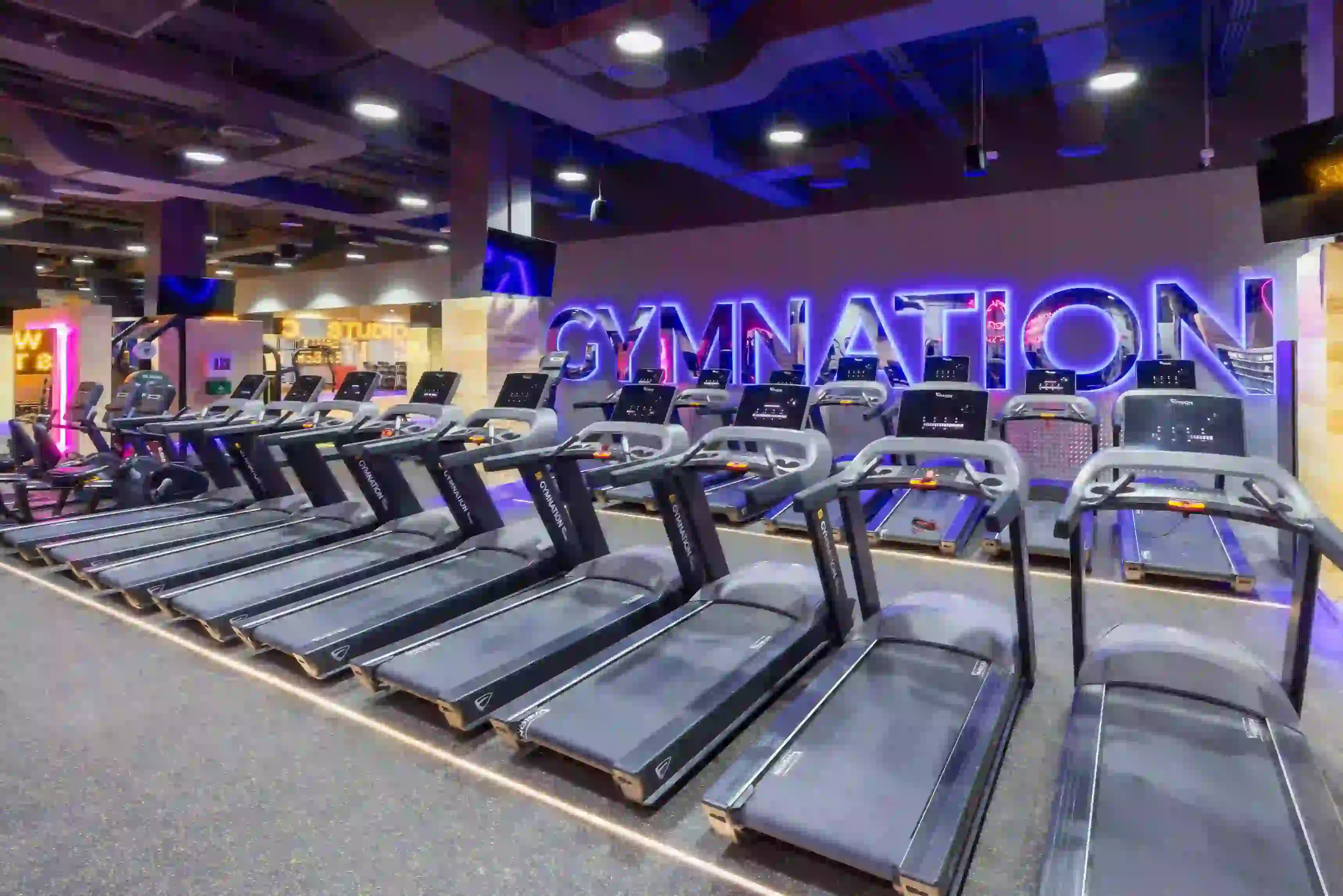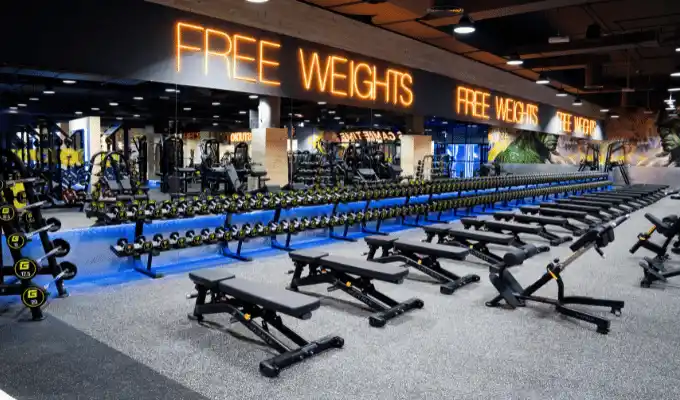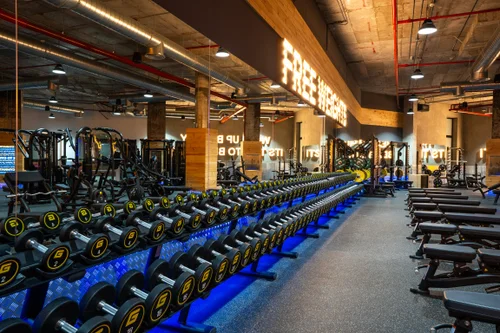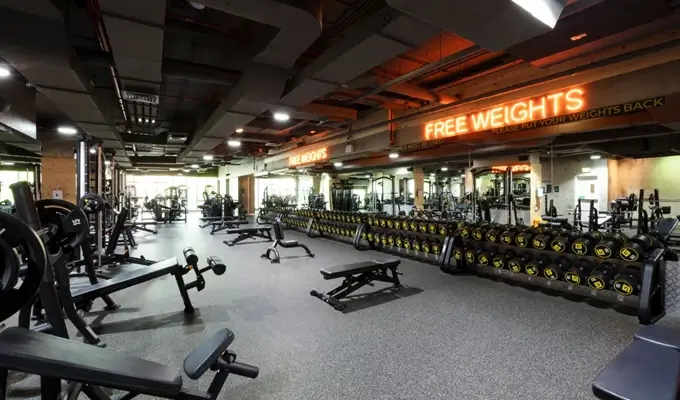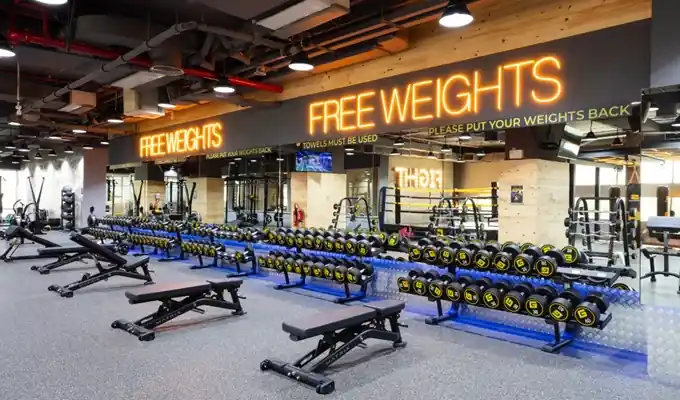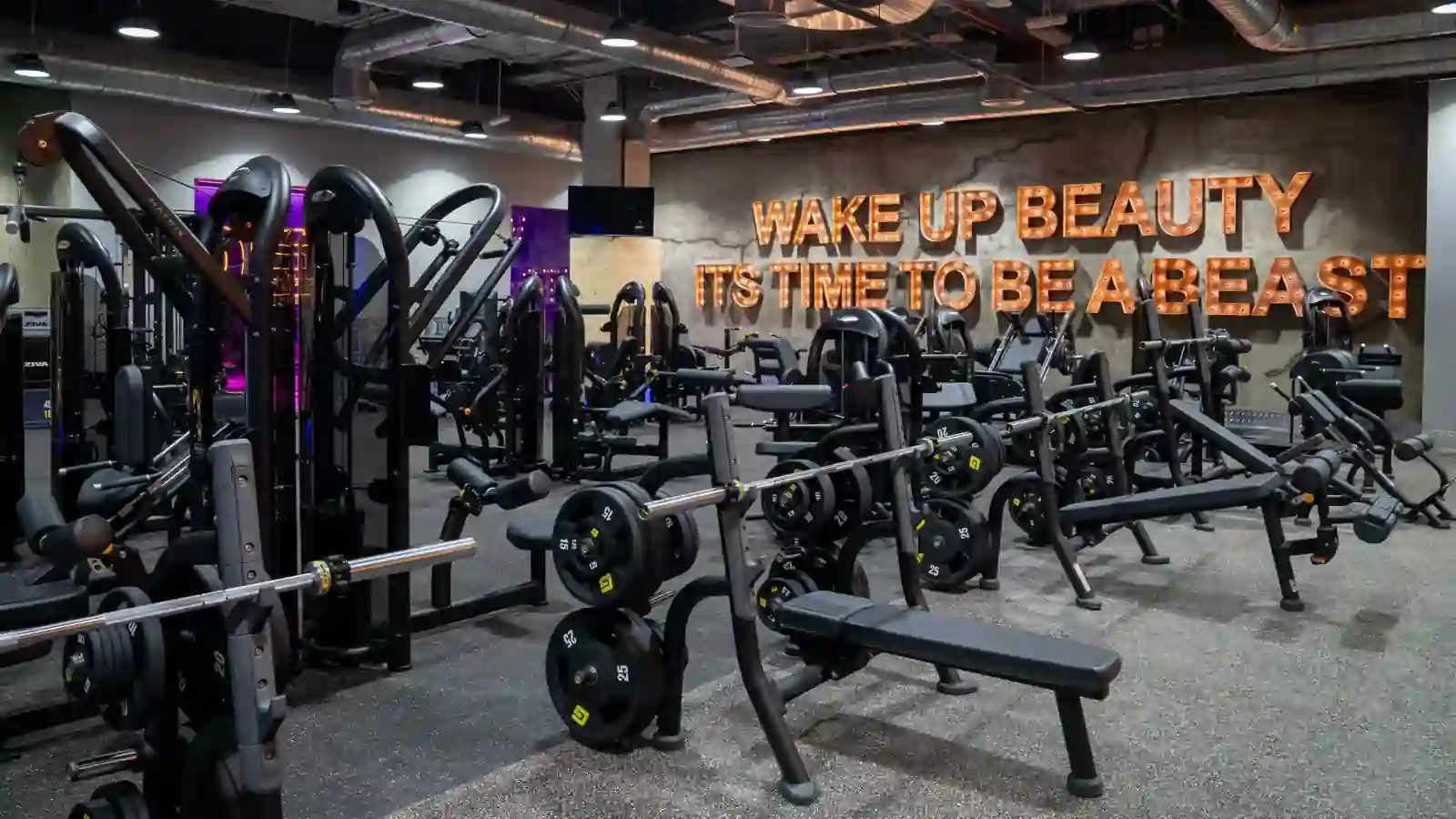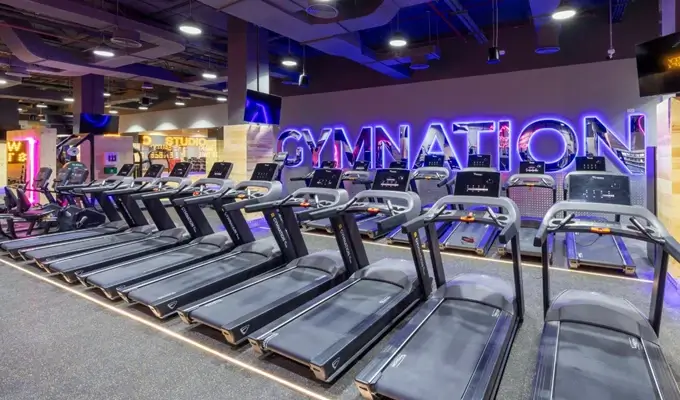Walking vs Running: Which Is Right for You?

SIGN UP FOR YOUR FREE DAY PASS TODAY!
Whether you're lacing up your sneakers for the first time or looking to shake up your current routine, the age-old question remains: should you walk or run?
Both offer fantastic health benefits, but understanding their unique advantages can help you make the best choice for your fitness journey.
The Power of Walking
Walking often gets overlooked as "real" exercise, but this couldn't be further from the truth.
It's an excellent entry point for anyone starting their fitness journey, especially if you prefer low-impact activities that are gentler on your joints.
One of walking's biggest advantages is its simplicity. "If someone is beginning a new habit regarding exercise or physical activity, walking can be a nice place to start," explains Reed, a fitness expert.
"This way, they can focus on consistency, setting their environment up for success, and finding micro-wins over time."
Don't underestimate the impact of those first steps. The most significant health benefits occur when someone transitions from being sedentary to adding any amount of physical activity.
So if you're a beginner worried that walking isn't enough, think again.
Depending on how you approach it, walking can deliver impressive physical and mental health benefits.
Steady-state zone 2 cardio walking can improve sleep quality, boost cardiovascular health, and reduce chronic disease risk.
What's your go-to workout time?
Walking Benefits:
- Improves cardiovascular fitness, reducing heart disease risk
- Helps manage healthy cholesterol and blood pressure levels
- Reduces inflammation throughout the body
- Enhances both physical and cognitive function
- Provides light to moderate intensity exercise
- Has a low barrier to entry
The Running Advantage
Think of walking and running as existing on the same fitness continuum.
"Running can confer the same—or in some cases, more—benefits of walking more efficiently," Reed notes. This means better cardiovascular conditioning and higher calorie burn in less time.
If you're looking to maximize benefits within a shorter timeframe, running might appeal to you.
It could take twice as long to achieve the same caloric burn walking as you would running.
"The amount of exercise you're getting in your heart and your lungs" is where running really shines, says Erica Coviello, a certified running coach.
"Running is a better, more efficient, more effective workout for your heart and lungs." However, running's higher impact on joints, muscles, and ligaments means it's not suitable for everyone.
Running Benefits:
- Superior cardiovascular and respiratory fitness gains
- Requires more power and force generation from your body
- Burns more calories than walking
- Challenges your heart and lungs more intensely
- Delivers greater benefits in less time
- Improves overall athletic performance
Choosing What's Right for You
Your ideal choice between walking and running depends on several personal factors: current fitness level, goals, available time, existing exercise routine, and most importantly, what you actually enjoy doing.
Consider your fitness routine holistically. If you're already doing HIIT workouts twice a week, swimming, and strength training, adding running might be overkill.
A gentler walking routine could actually help your body recover better.
For beginners or those returning to exercise, walking provides the perfect starting point. If you have a lighter exercise schedule and want to maximize cardiovascular benefits, running might be your answer.
Optimizing Your Walking Routine
The CDC recommends 150 minutes of moderate to vigorous exercise weekly. Since walking typically falls into the light-to-moderate category, optimization means keeping it in the moderate zone.
You'll know you've hit moderate intensity when you can talk in a breathy way but can't sing while walking. On a scale of 1-10 for effort, aim for 4-5 rather than staying at 2-3.
Ways to intensify your walk:
- Add incline: Use treadmill inclines or find hilly routes
- Increase pace: Try power walking
- Add resistance: Use weighted vests or ankle/wrist weights
- Include intervals: Alternate between fast-paced and recovery periods
Try walking fast for five minutes, then slower for one minute, repeating throughout your session. This interval approach also serves as excellent preparation for transitioning to running.
Remember: don't implement all these changes simultaneously. Pick one modification to avoid overwhelming your body.
Making the Transition from Walking to Running
You can transition to running whenever you feel ready, but you'll know it's time when your body naturally wants to move faster during walks.
You might also reach a fitness plateau where walking no longer feels challenging, even after increasing resistance, incline, distance, or pace.
"At a certain point, your body adapts to the demands of walking," Reed explains. "Adding some vigorous intensity exercise becomes important for continued fitness gains."
Transition strategies:
- Try intervals: Run for 4-5 minutes, then walk for 1-2 minutes
- Equal time splits: Alternate between running and walking for equal periods
- Build walking distance: Prepare for shorter running distances by extending walks
Both experts emphasize starting slowly. "Don't do too much, too fast, too soon because that's when you get all those new runner injuries," Coviello warns.
Consider your running distance, pace, and recovery time carefully. You might run for several weeks, then return to walking for one week to ensure proper recovery.
The Bottom Line
Whether you choose walking or running, both offer tremendous health benefits.
Walking provides an accessible, low-impact option that's perfect for building consistent exercise habits.
Running delivers more intensive cardiovascular benefits in less time but requires greater physical demands.
The best exercise is the one you'll stick with long-term. If you enjoy peaceful morning walks, embrace them.
If you crave the endorphin rush of running, lace up those shoes and hit the pavement. You can also combine both approaches, using walking for active recovery and running for higher-intensity days.
Remember, any movement is better than none. Whether you're taking your first steps toward fitness or looking to optimize your current routine, both walking and running can help you achieve your health goals.
The key is choosing what works for your body, schedule, and preferences—then staying consistent with whatever path you choose.
Source: womenshealthmag
The opinions shared in the GymNation blog articles are solely those of the respective authors and may not represent the perspectives of GymNation or any member of the GymNation team.
Frequently Asked Questions
Is walking or running better for you?
GET YOUR FREE TRIAL TODAY


























